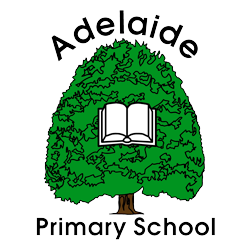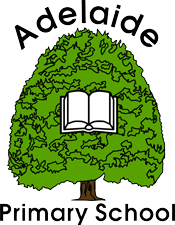What is Phonics?
Phonics is a way of teaching children to read by breaking up words into small chunks of sound. For example we can break a simple word like ‘cat’ into the three sounds c-a-t.
To become successful readers, children will learn the individual sounds for each letter or group of letters. Some sounds in English are made up of more than one letter such as the sound ‘ea’ in tea or team.
Once children know the sounds they will be able to ‘decode’ unfamiliar words by breaking the word into sounds then read the word by blending back together. For example: sh — o — p = shop
Why do we teach phonics?
Research shows that when phonics is taught in a structured way (starting with the easiest sounds, progressing through to the most complex), it’s the most effective way of teaching young children to read. It’s particularly helpful for children aged 5–7.
This simply means that we teach the sounds first and then begin to blend them together to make whole words.
Almost all children who have good teaching of phonics will learn the skills they need to be able to read new words. They can then go on to read any kind of text fluently, confidently and for enjoyment.
How do we teach phonics at Adelaide?
Phonics is most successful when taught using a consistent approach across the school. At Adelaide, we base our phonics teaching on a ‘systematic synthetic phonics’ approach, following the Bug Club Phonics Program which has been approved by the Department for Education.
The teaching of phonics begins in Foundation Stage and continues until children have learned to read with a good degree of accuracy and are assessed as fluent readers. This is usually achieved at the start of Year 2, however for some children it may take longer.
Below is a glossary of words that teachers use when planning and describing phonics. Children also enjoy learning the technical words for the different sounds and letter groups.
| Phoneme | Smallest unit of sound. |
| Grapheme | Letter sound correspondence. |
| Digraph | Two letters, but one sound. |
| Consonant diagraph | th, sh, ch, ss, ll, ff, ck, ng |
| Vowel diagraph | ai, ee, ie, oa, ue |
| Split diagraph | a_e, o_e, i_e, u_e, e_e |
| Trigraph | Three or more letters, but one sound. |
What do we teach when?
The information below gives a brief summary of the systematic progression within our phonics teaching.
Phase One (FS1)
Activities are divided into seven aspects, including environmental sounds, instrumental sounds, body sounds, rhythm and rhyme, alliteration, voice sounds and finally oral blending and segmenting.
Phase Two (FS2)
Children learn 19 letters of the alphabet and one sound made by each of these letters. They also begin to learn some simple vowel digraphs (two letters together making one sound). They learn to blend sounds together to read words and segment words into their separate sounds for spelling. They apply these new skills as they learn to read simple captions.
Phase Three & Four (FS2)
Children learn the remaining 7 letters of the alphabet and one sound made by each of these letters. They learn to read and write more digraphs such as ch, oo, th, ai representing the remaining phonemes not covered by single letters. They continue to apply their knowledge and skills by reading captions, sentences and questions and by writing captions and simple sentences.
On completion of this phase, children will have learnt the “simple code”, i.e. one grapheme for each phoneme in the English language. Children also learn to blend and segment longer words with adjacent consonants, e.g. swim, clap, jump.
Phase Five (Year 1 and early Year 2)
Now we move on to the “complex code”. Children learn a further 29 graphemes for the phonemes which they already know, plus different ways of pronouncing the graphemes they already know.
What is the Government’s phonics screening check?
The Government has a phonics screening check for all Year 1 children. Each child will sit with a teacher they know and be asked to read 40 words aloud. Some of the words they may have read before and some words will be completely new to them. The test normally takes a few minutes to complete and there is no time limit. The 40 words in the test will be made up of real words and non-words. The test is carefully designed not to be stressful for your child.
What are non-words?
Non-words or pseudo words are nonsense words made up of letter sounds. For example: ‘vam’ or ‘jound’.
These words are included in the screening test so they are unfamiliar to the child and therefore test their ability to decode words using phonics.
How can you help at home?
The table below shows some of the trickier sounds that are made up of two or more letters. The pictures help with the pronunciation of the sound. For example: ‘ee’ as in ‘tree’
Please practice these sounds with your child and refer to them when they become stuck on a word in their reading book. Most importantly, enjoy reading with your children every day!
You can also watch this video to see how these sounds are pronounced in English
You can watch this video to see how we teach children to blend sounds to read words
https://www.youtube.com/watch?v=9Y9KM4Jwer8


